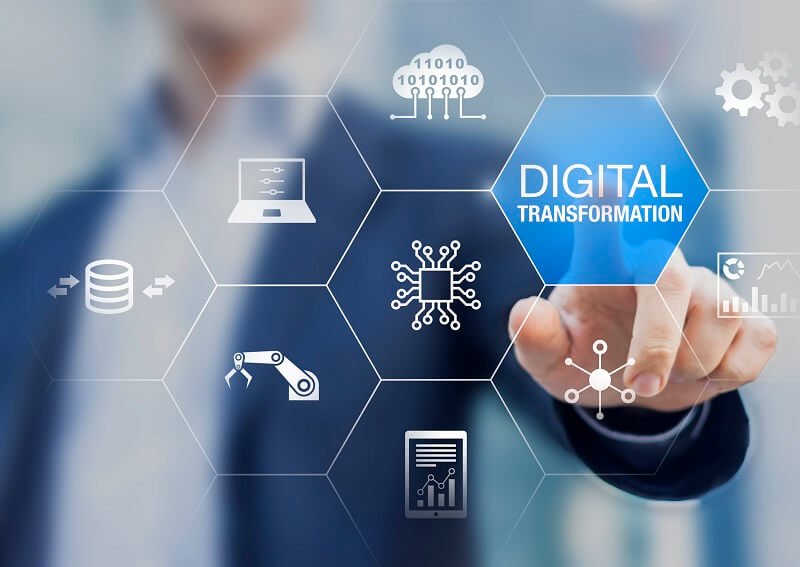How do you define digital?
Electronic devices that generate, store, and analyze data in both positive and nonpositive states are referred to as digital.
The number 1 expresses or symbolizes positivity, while the number 0 denotes negativity. As a result, digital technology represents data as a string of 0s and 1s when it is sent or stored.
These state numbers are all referred to as bits; a byte is a collection of bits that a computer can address separately or collectively.
Analog technology, which transmits data as electronic signals of different frequencies or amplitudes added to carrier waves of a specific frequency, was the only option for electronic transmission before the digital era.
Analog technology has traditionally been utilized for phone and broadcast transmission.
Broadly speaking, the term “digital” can also refer to anything
Using digital technology for communication
Fiber optic and satellite transmission are examples of new physical communications media that are mainly utilized with digital technology.
A modem is used to convert analog phone signals into digital information for computers and digital information for computers into analog signals for phone lines.
A vast range of communication channels, including email, text messaging, social media marketing, video conferencing, instant messaging, e-commerce, and collaborative tools, can also be used for communication through digital technology.
Concepts and examples of digital technology
Numerous enterprises, industries, and facets of life are undergoing radical change thanks to digital technology, which is also a major force behind current trends in digital transformation.
The following are typical instances of digital concepts and technology:
electrical and digital gadgets. This hardware uses digital data; it is tangible. Computers, cell phones, cameras, and laptops are a few examples of digital gadgets and electronics.
Digital signal. Discrete values are communicated using digital signals, which are often represented by the binary integers 0 and 1.
Digital signals are always changing and have a restricted range of values, unlike analog signals.
digital content.
Any type of media content created, shared, and accessed by digital technology is referred to as digital media. This covers pictures, music, video games, and digital images.
The advantages of digital
In an increasingly digital environment, adopting digital technologies enables people, companies, and organizations to increase their productivity and competitiveness.
Moving digitally often has the following advantages:
Enhanced encounter with customers. Chatbots and CRM systems are examples of digital tools and technologies that enhance customer experience and response times.
Mechanization. Digital technologies like robotic process automation, artificial intelligence, and machine learning can be used to automate supply chain and corporate activities. These digital tools reduce the need for manual intervention, offer real-time insights, and streamline operations.
Accessibility and management ease. Digital data is simpler to handle and obtain. For instance, a digital recording can be copied, modified, and transferred without sacrificing sound quality, unlike analog data, like a vinyl record.
Read More About Digital
>Best practices and advice for digital transition
>The implications of digital transformation on data storage
>Obstacles in fostering an innovative culture
>Putting together a digital transformation team: Crucial positions
>Consultants advise digital maturity laggards to catch up.
